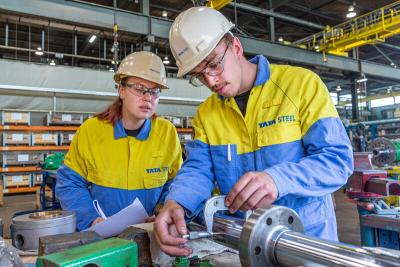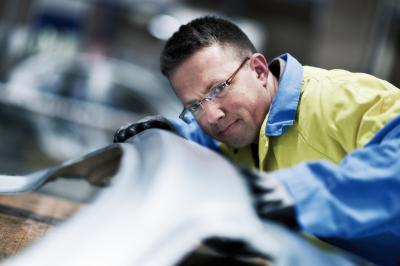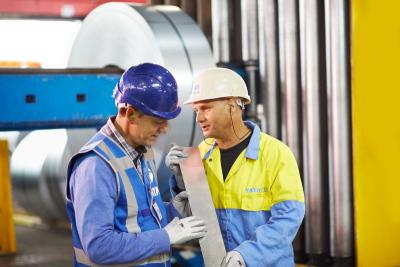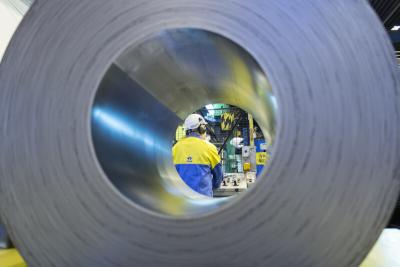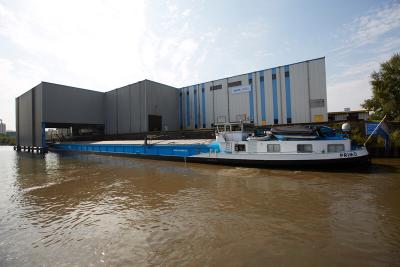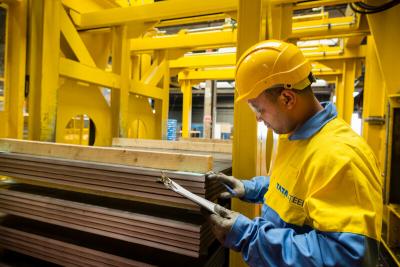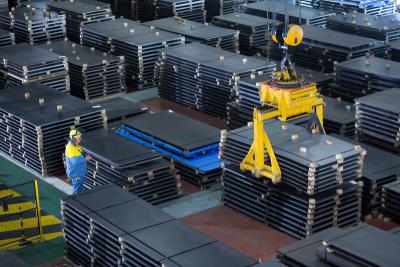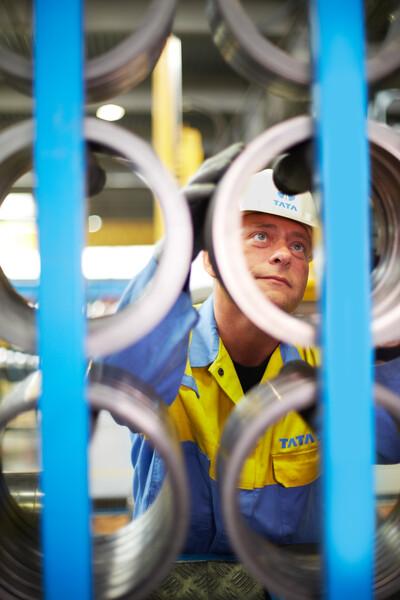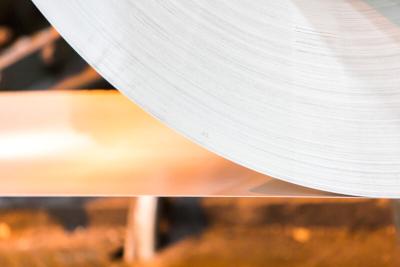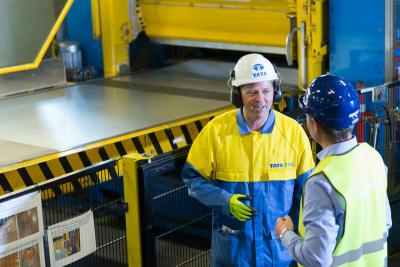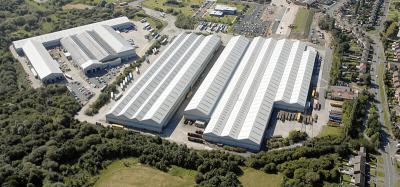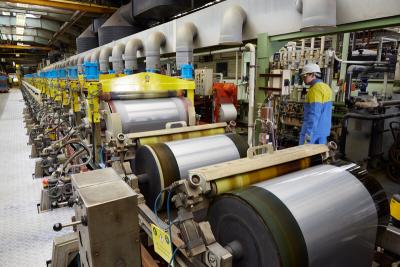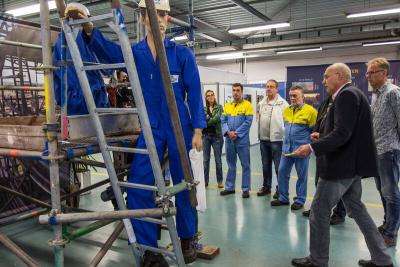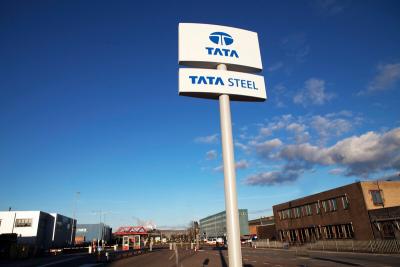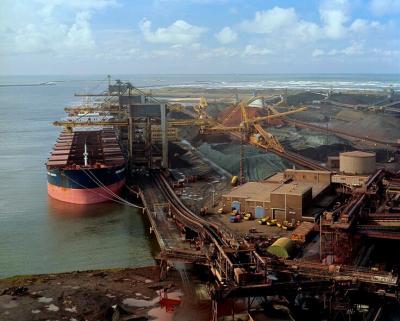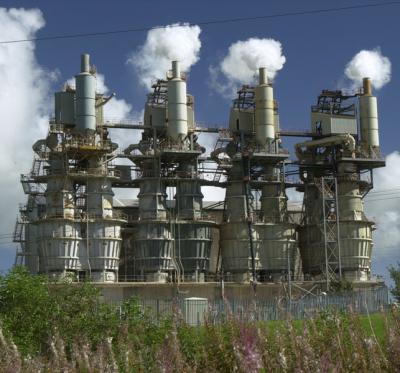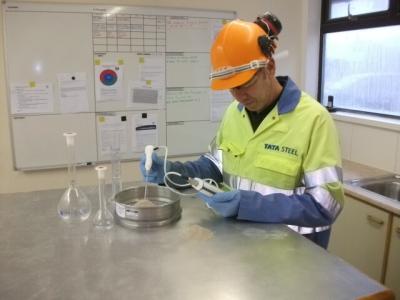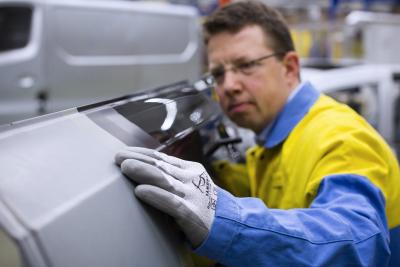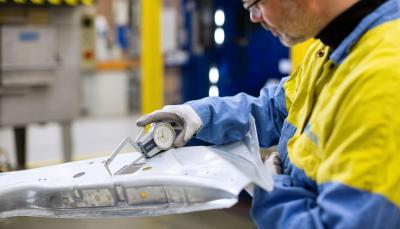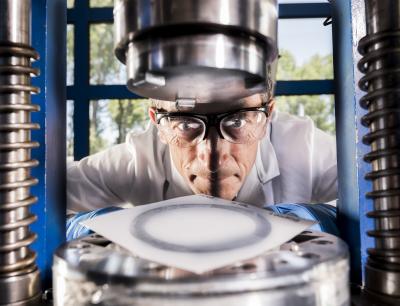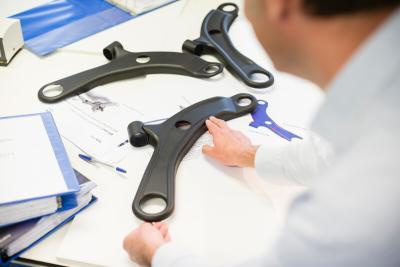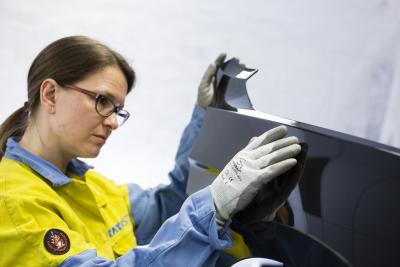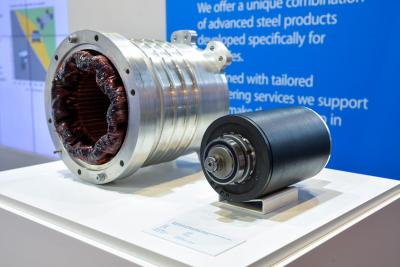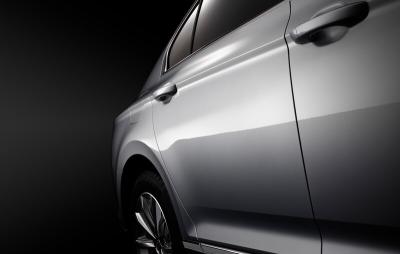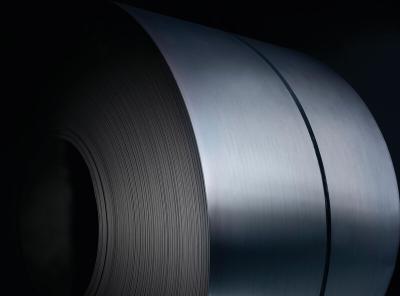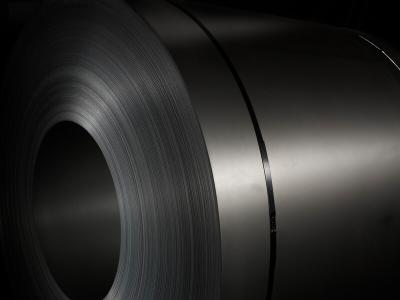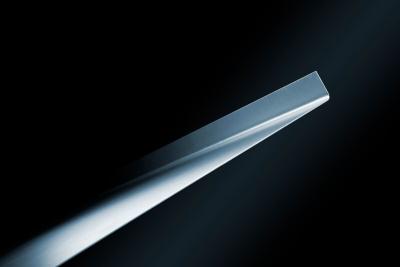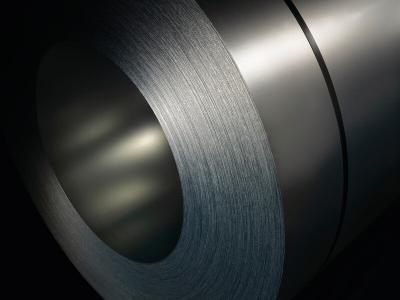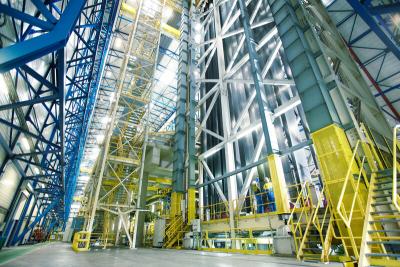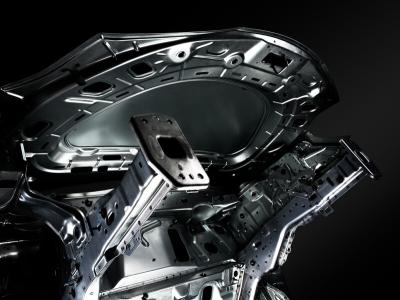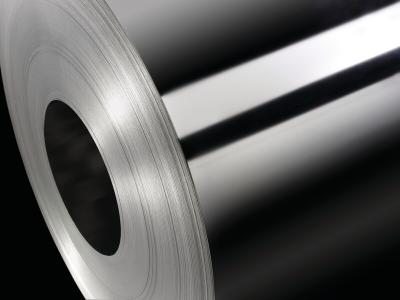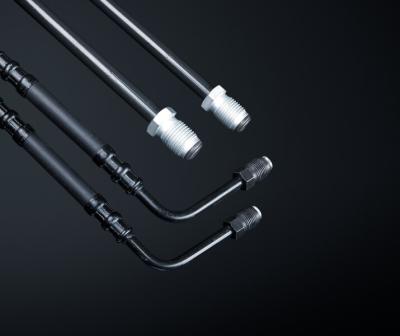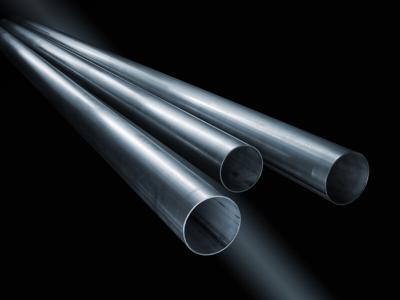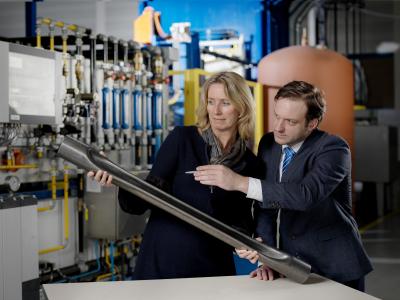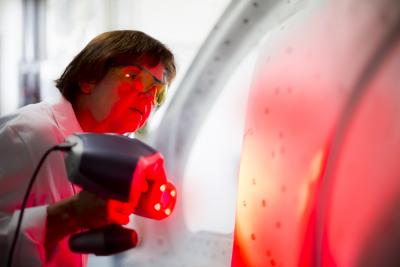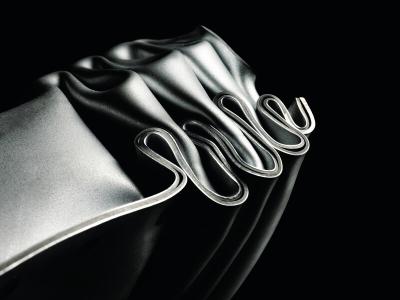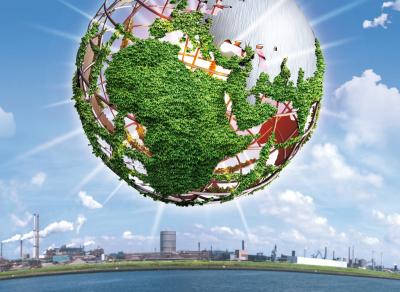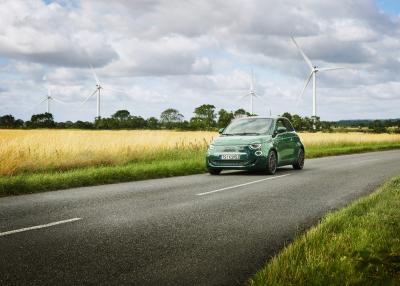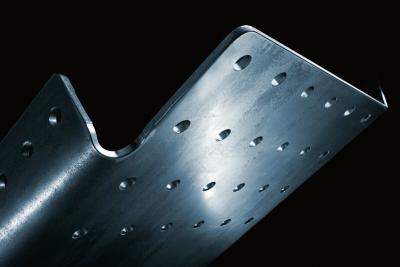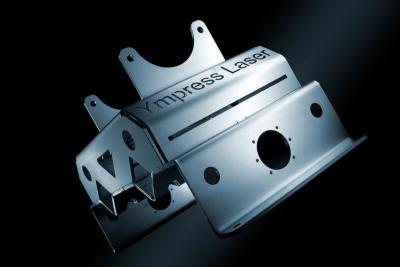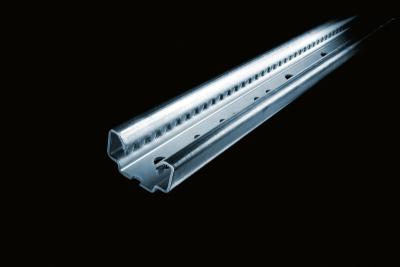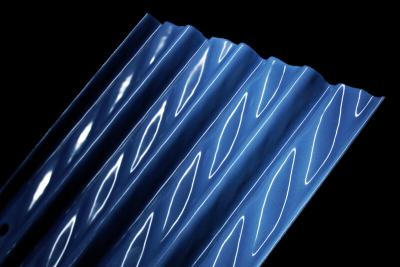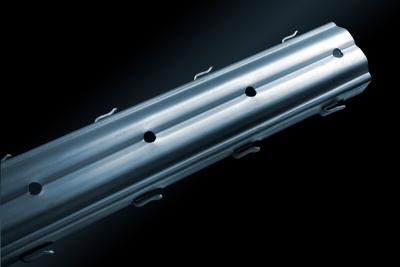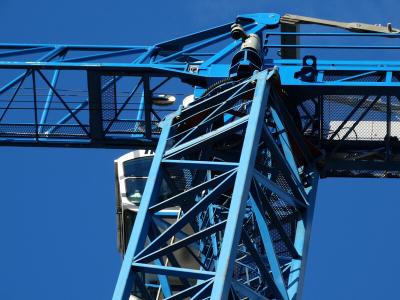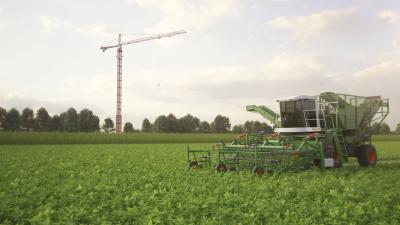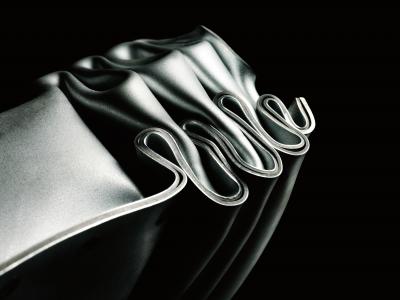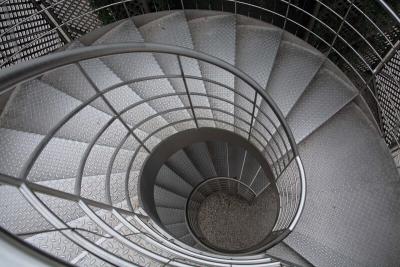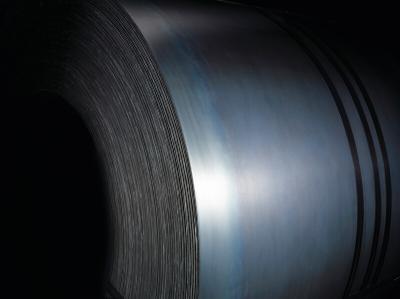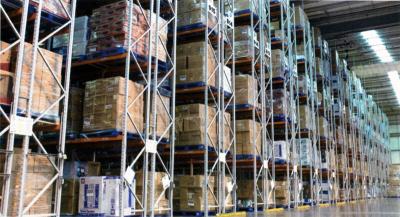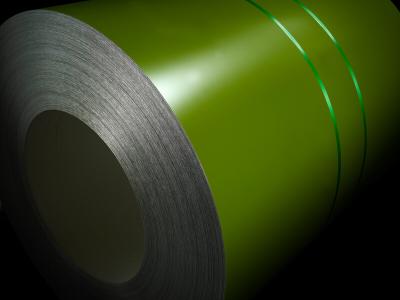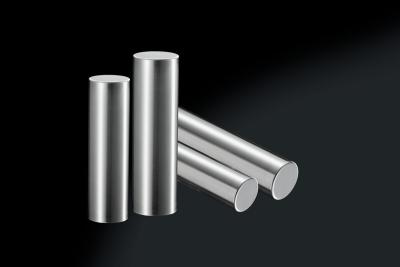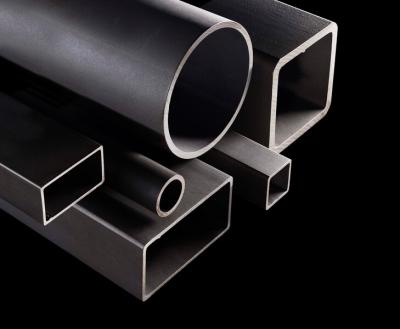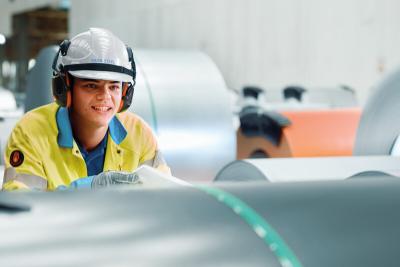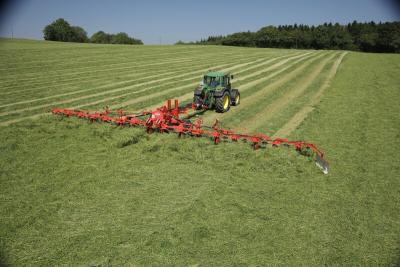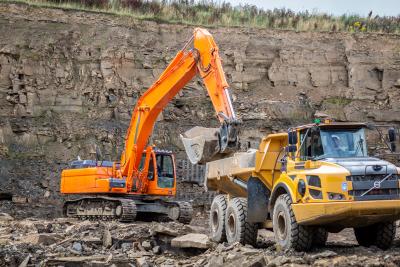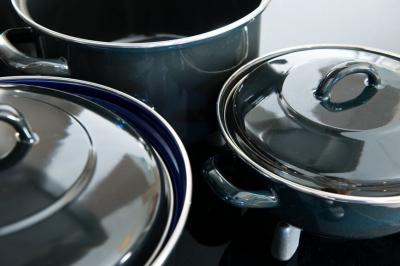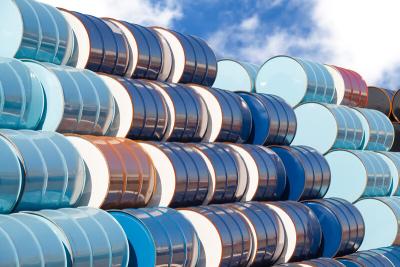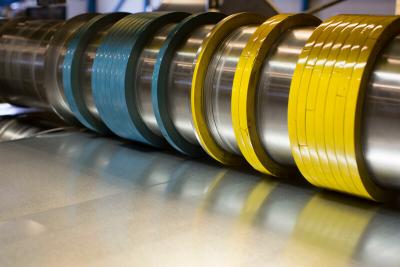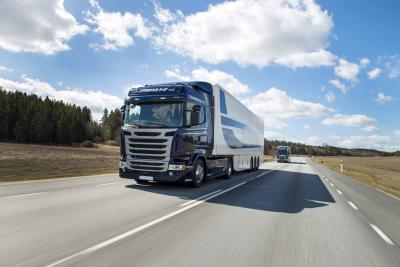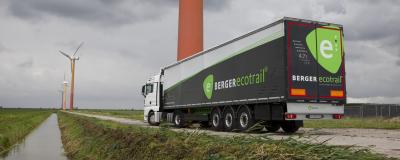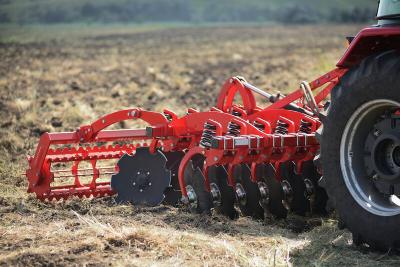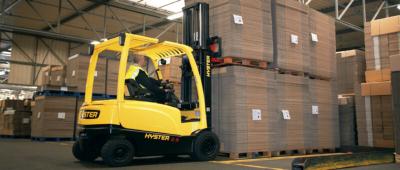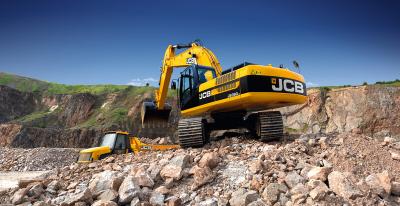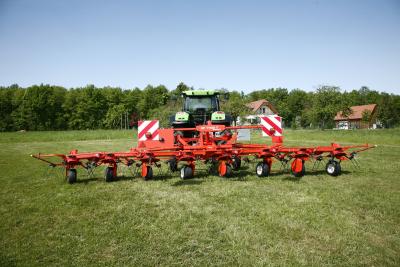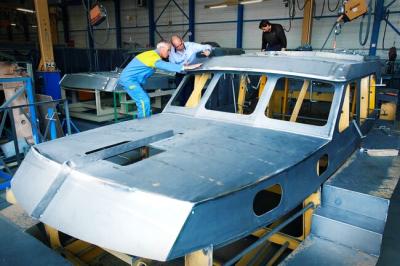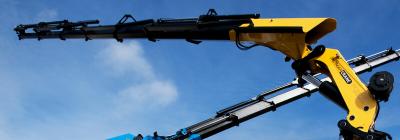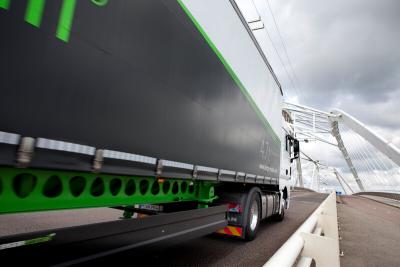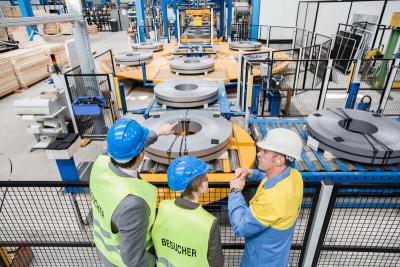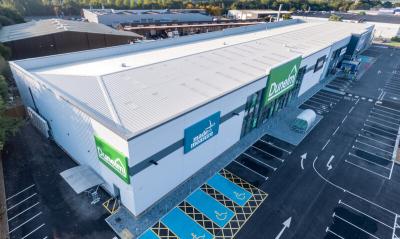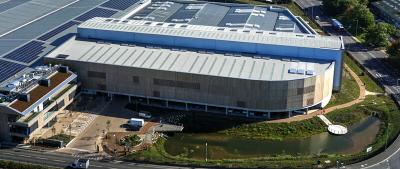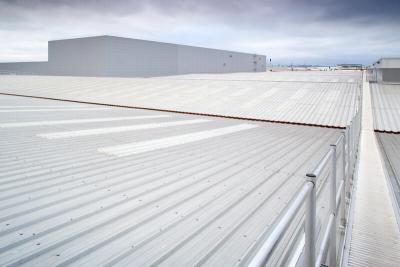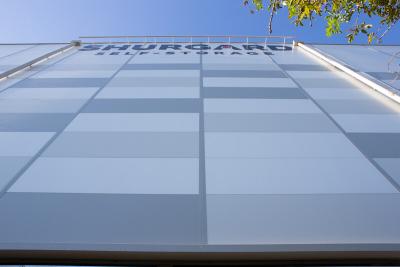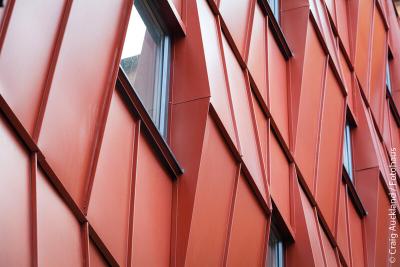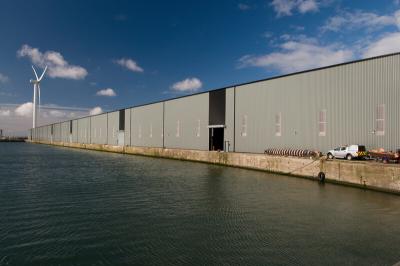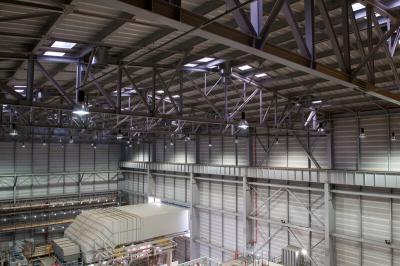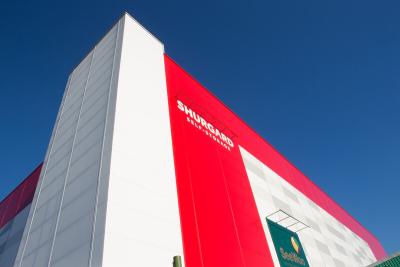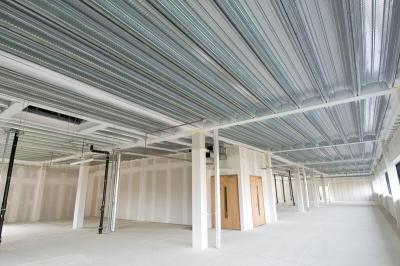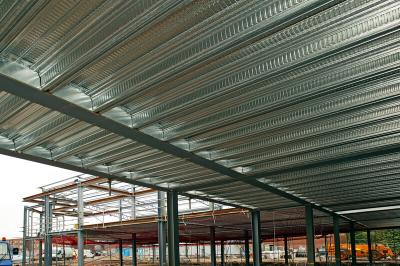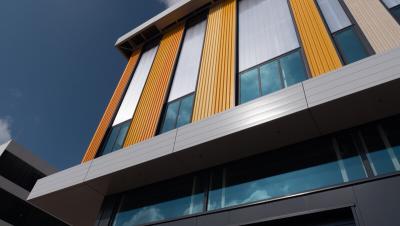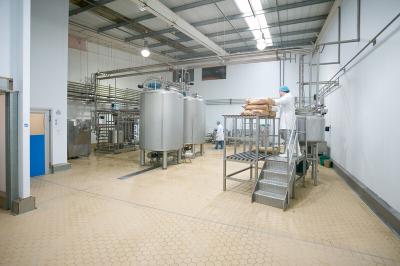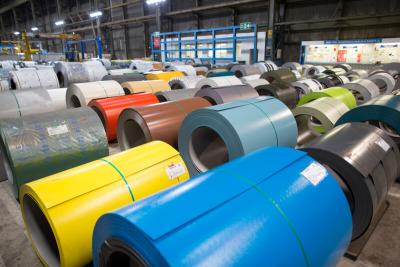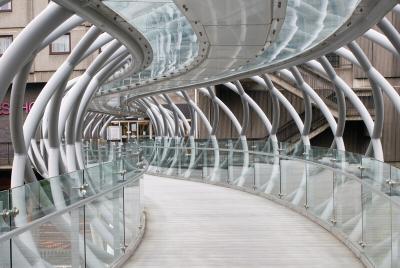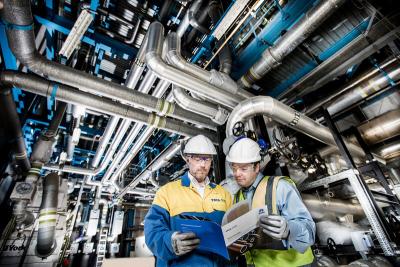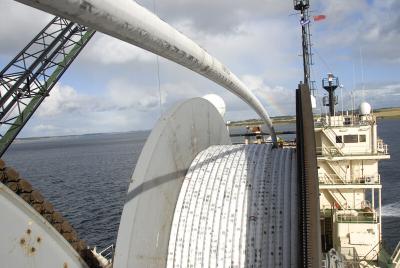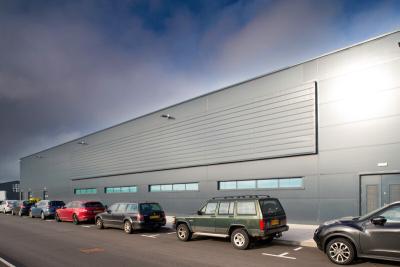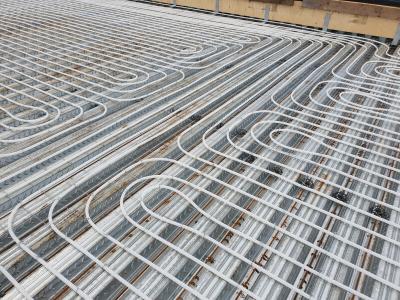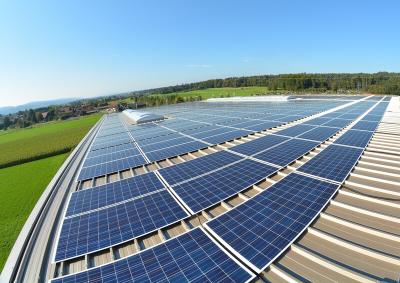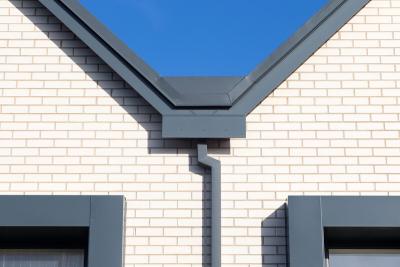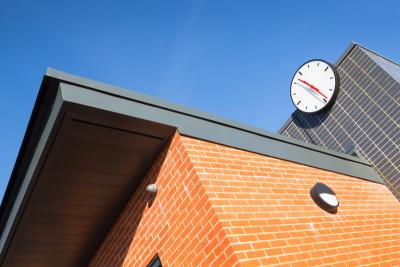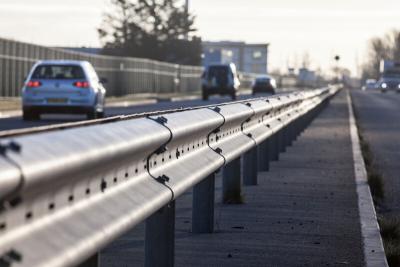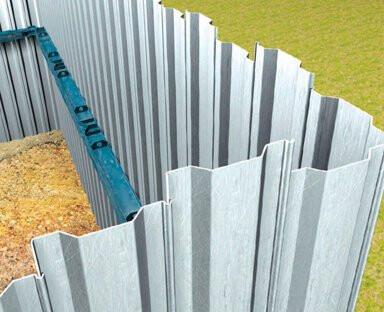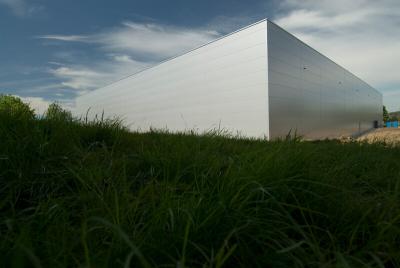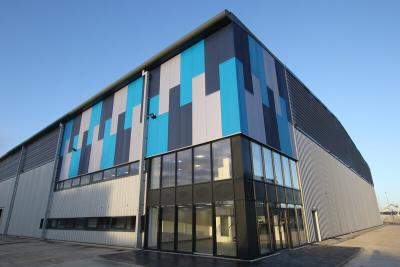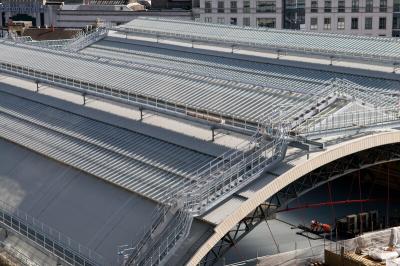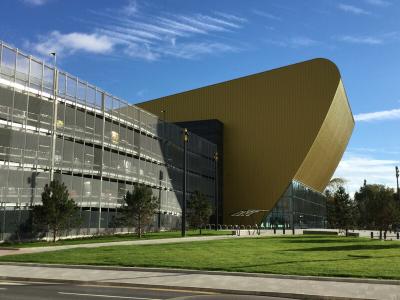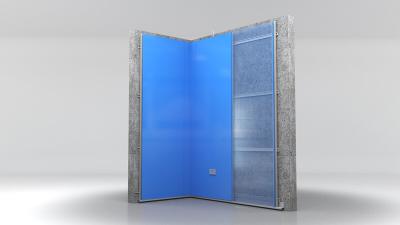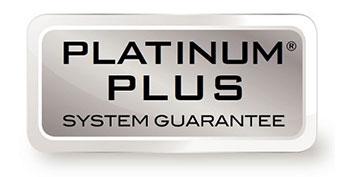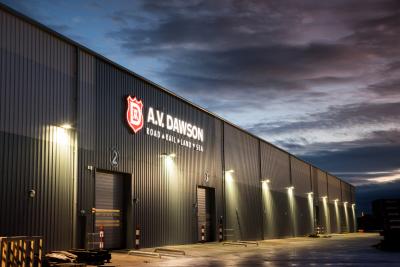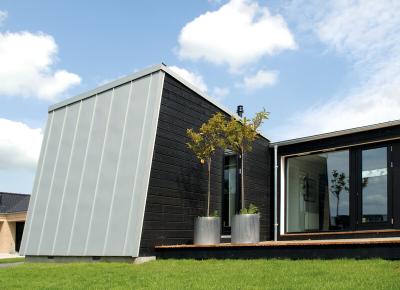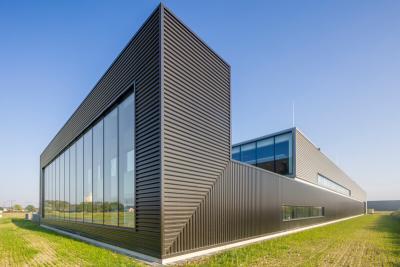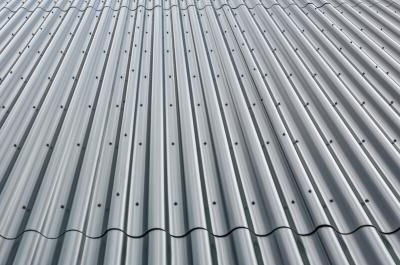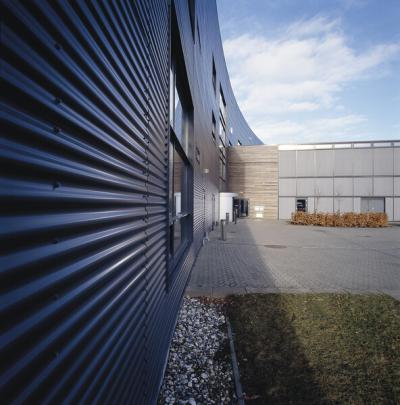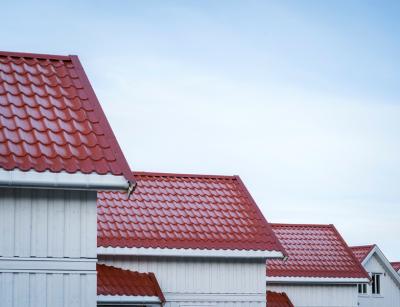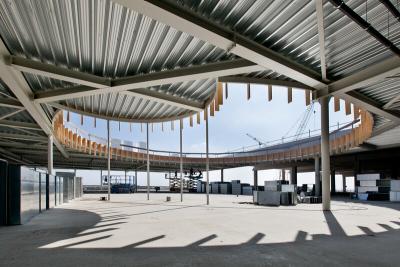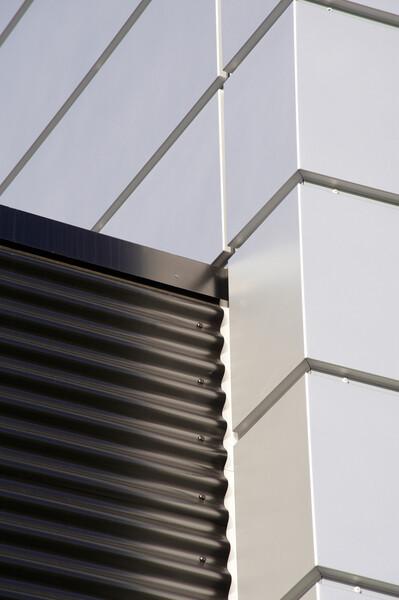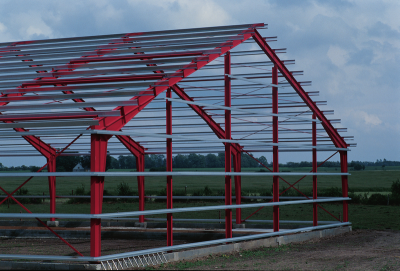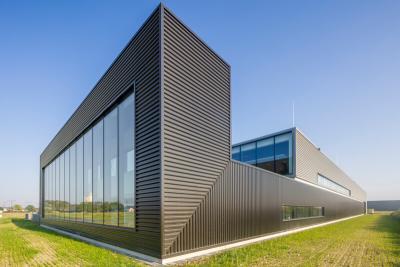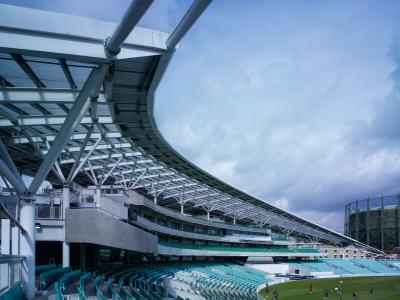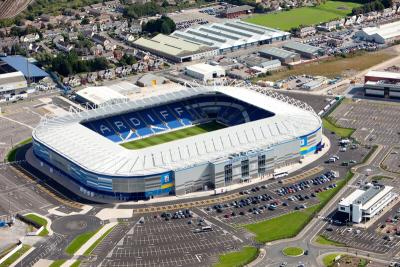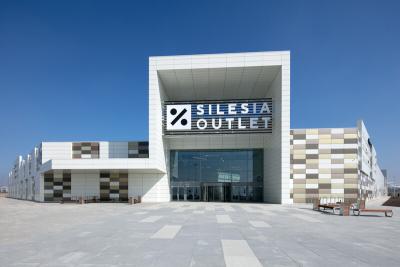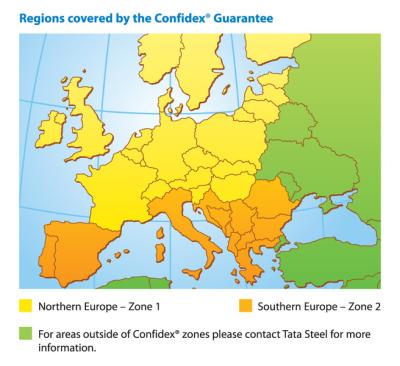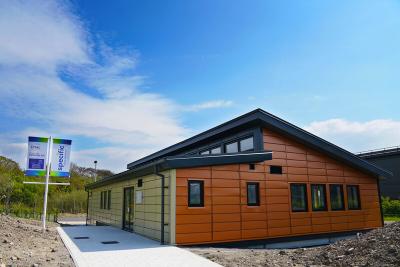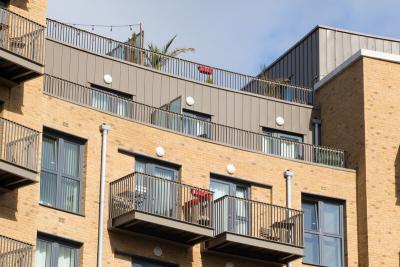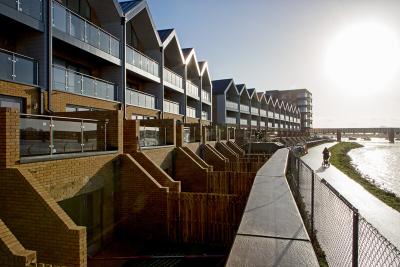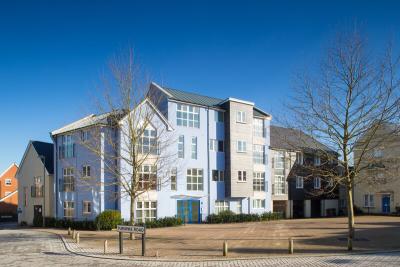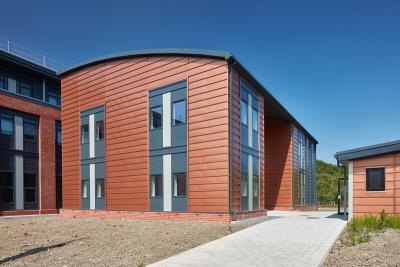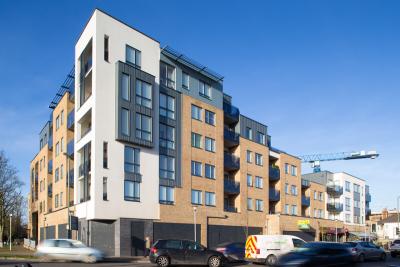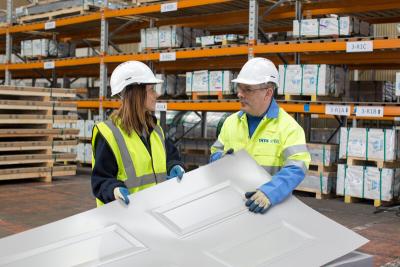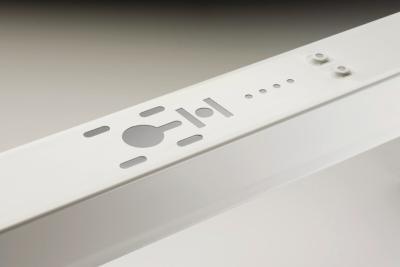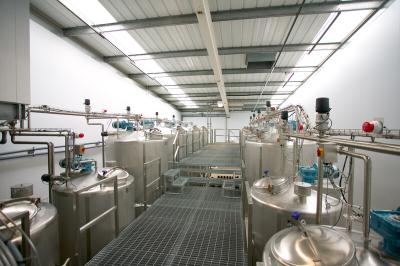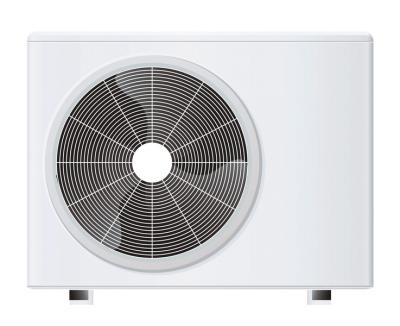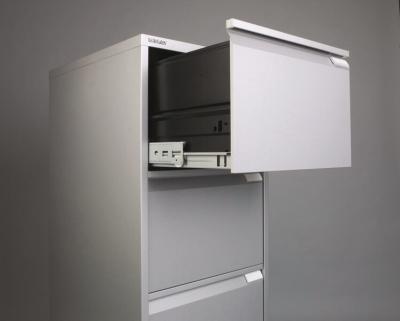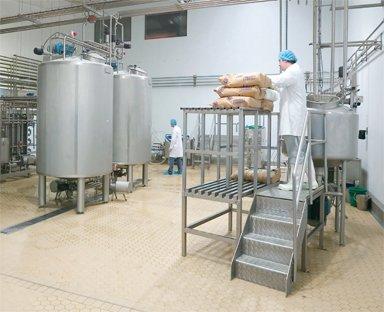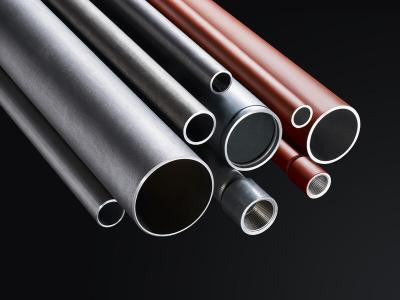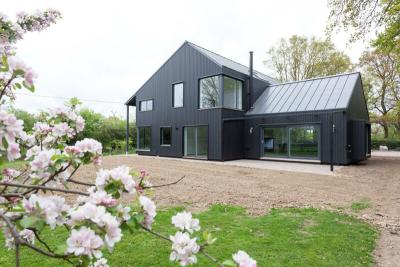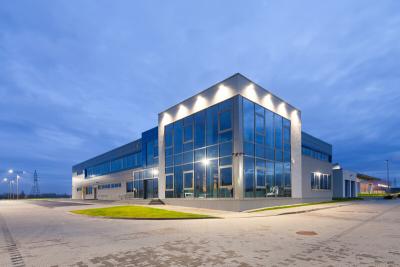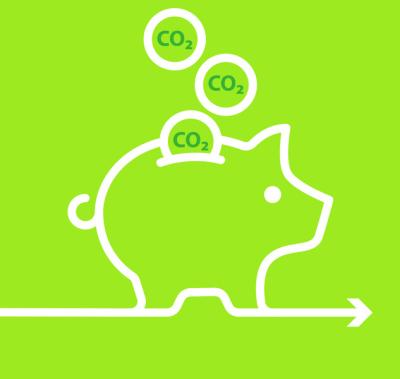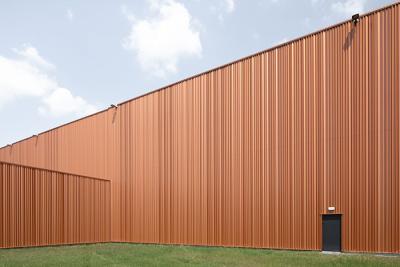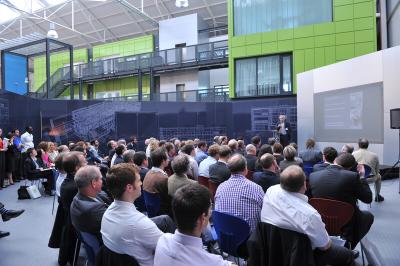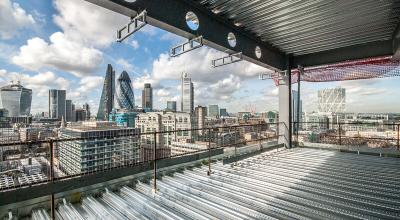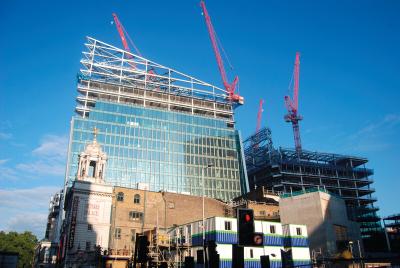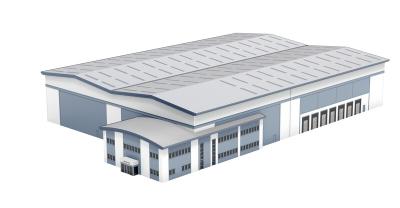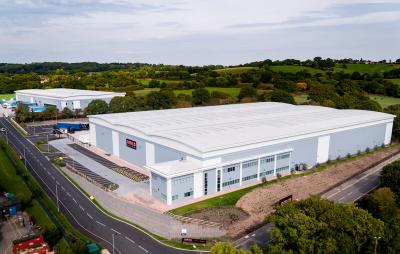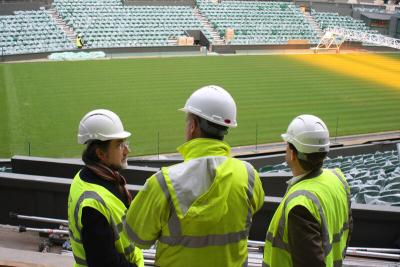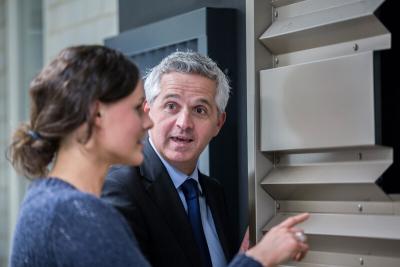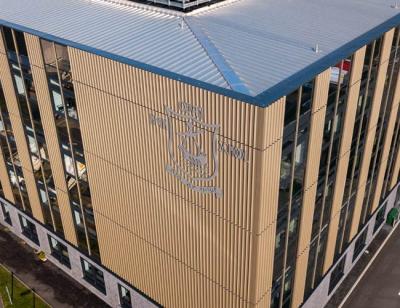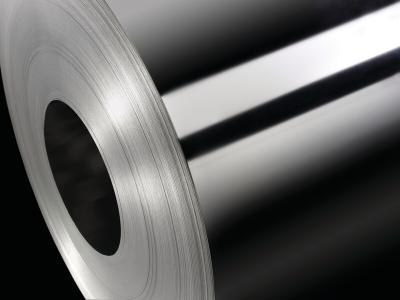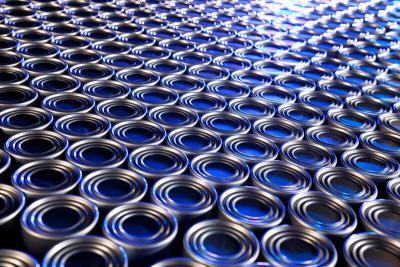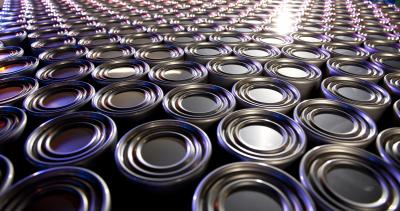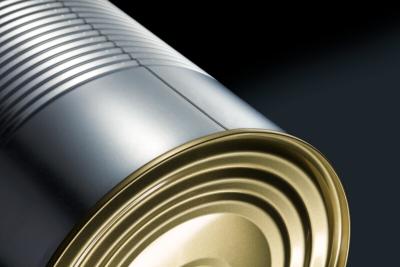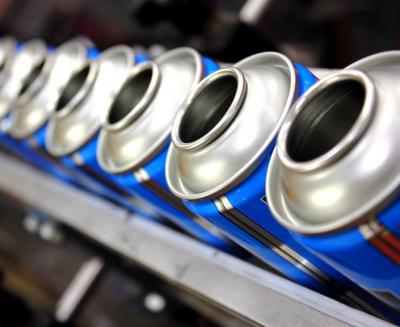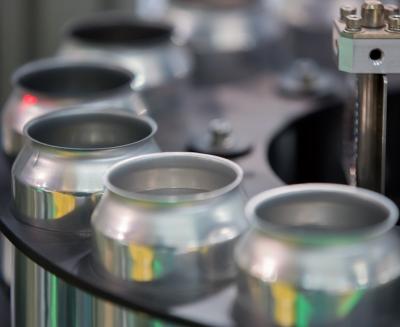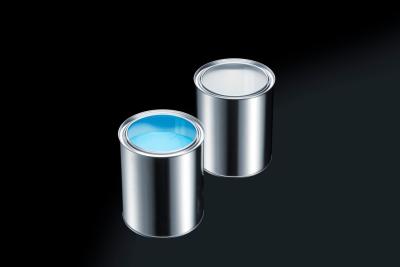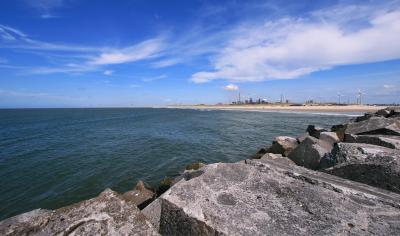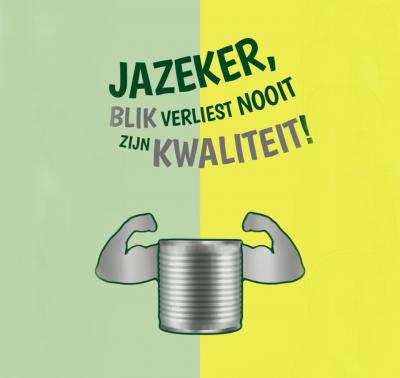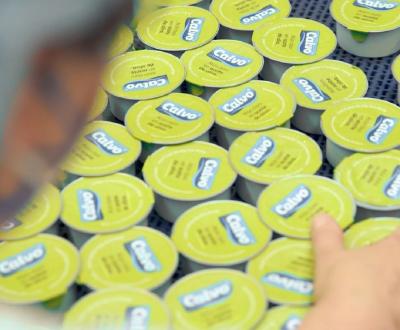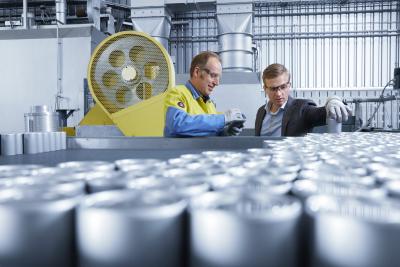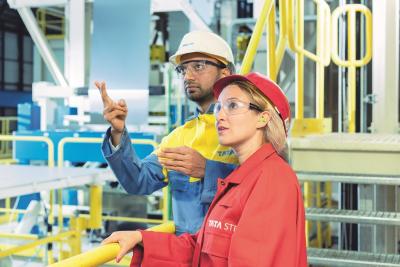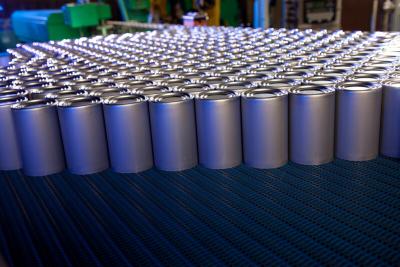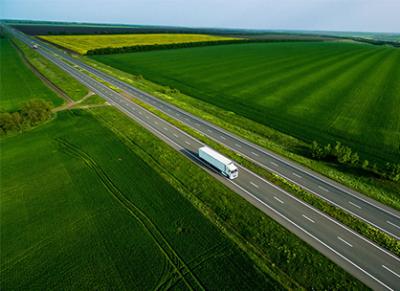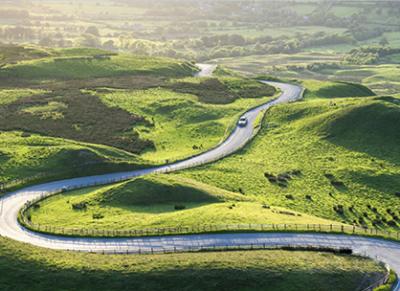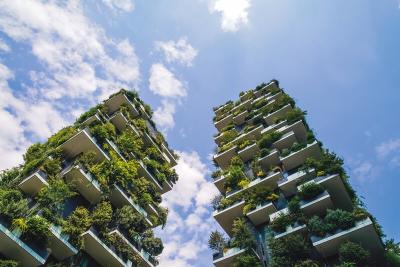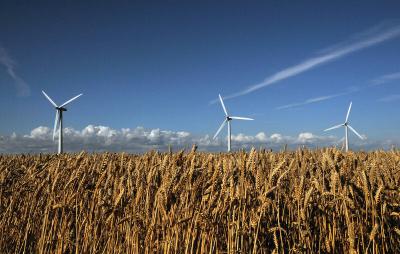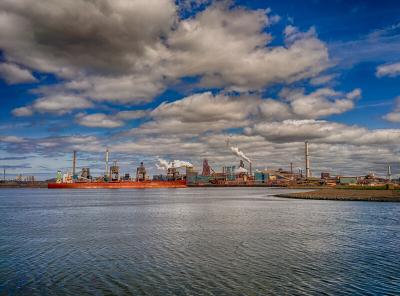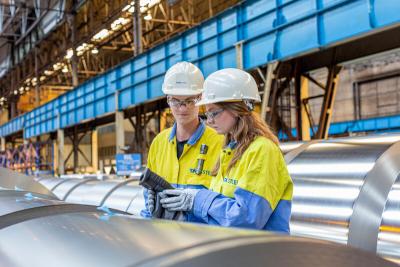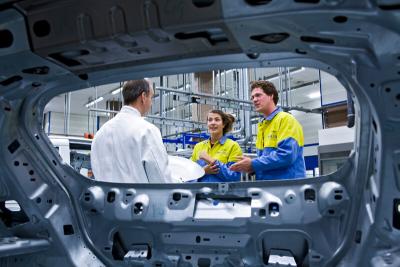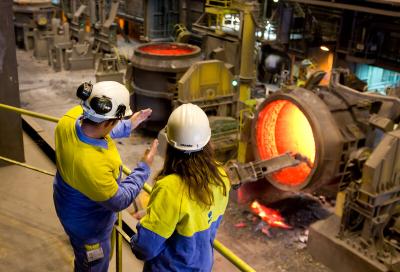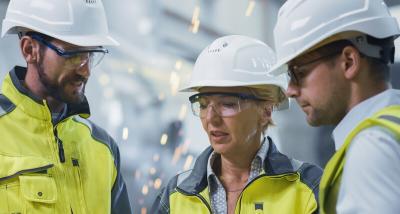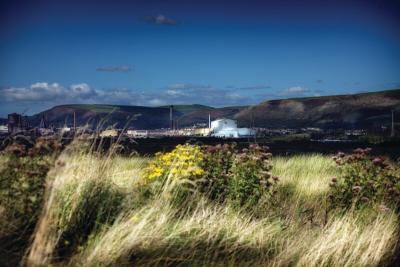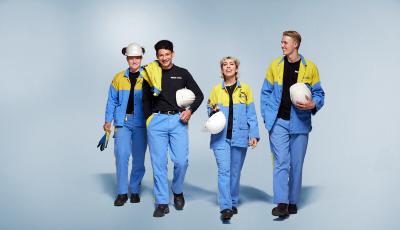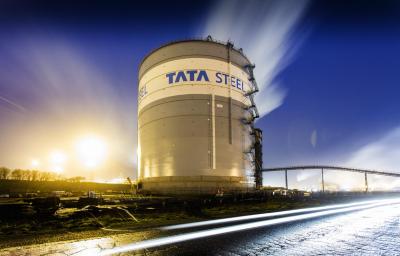
Making efficient use of steel, and making efficient steel to use
The basics of good structural design – providing the most efficient structure within the brief – go hand-in-hand with minimised environmental impacts. The weight of steel is a good proxy for embodied impact, so designing to minimise the mass of structures is a good start when looking to also minimise environmental impact.
Structural steel is available in a variety of shapes and grades, but the largest part of the environmental impact, particularly in terms of climate change, is from the steel-making process itself. Different structural grades – from low-strength S275, to the now-standard S355, up to high strength S460 and beyond – display very little difference in their embodied impacts. Higher strengths are achieved through only small additions of alloying elements, as well as clever processing.
Hollow sections are more efficient than open sections, as they have a smaller surface area compared to equivalent open sections, which reduces the amount of paint that needs to be used as a protective coating.
Even better is to avoid the need for painting sections at all. The Celsius® range is offered in weathering steel, which delivers maintenance-free, long-life corrosion protection. No painting, galvanising or repair is required, reducing emissions associated with the steel in-use.
Hot finished sections to EN 10210, meanwhile, are more efficient than cold formed sections. To take it even further, our Celsius® range is now available in high strength S460NH steel, enabling further weight reductions and at least 20% steel savings in many applications.
Using this combination of approaches, up to 50% of the steel weight can be saved in certain steelwork elements, resulting in an instant 50% saving in embodied emissions. The small corner profiles and low carbon equivalent value (CEV) inherent to Celsius® make this the ideal range of hollow sections for efficient fabrication too.
Tata Steel’s Celsius® design app, developed in partnership with the Steel Construction Institute, gives structural design information for Celsius® hot finished hollow sections. Alongside, it gives the carbon emissions associated with each option, allowing designers to confidently specify structural steel with the lowest environmental impact. The environmental impact information is derived from Tata Steel’s product-specific EPDs.
Looking at more than just raw material sourcing and processing
The “embodied” and “lifetime” impacts of design decisions have become critical in judging the sustainability of design, and especially the design of structural frames. Many organisations set targets for projects, such as “embodied CO2 emissions per m2 of floor space”. 1kg of CO2 emitted anywhere in the world has the same impact on climate change, making it an international and transferable measure. But how do we know the impact of our structural steel, and is all steel the same?
Environmental product declarations (EPDs) detail the specific environmental impacts associated with the production of 1kg or 1 tonne of the product, through the specified production route. The EPD framework is designed to report on the whole life cycle, with up to seventeen life cycle stages defined within the framework.
Not all of the stages are always reported, in many cases for good reason. As a producer of structural hollow sections, for example, it is not relevant for us to define an impact for our product during the ‘use’ stage. The product could be used in many different ways and therefore incur very different impacts.
For this reason, many manufacturers only report the production phase of the life cycle (Modules A1-A3). However, it is equally important to consider what happens to the product at the end of its first useful life, which is covered by Modules C and D.


Considering the end of a product’s life cycle changes how you design with that product
An increasing number of material suppliers, including many steel makers, provide EPDs. Industry average EPDs are available, while the IStructE also provides its own guidance.
Not all EPDs have the same scope, however, and a number of them disregard the end of life stage.
End of life scenarios are part of a ‘whole life carbon’ approach. It can be difficult to imagine what might happen to a building in 50 or 60 years’ time, but minimising the environmental impact of deconstruction, and reducing waste processing and disposal as much as possible, is an essential part of sustainable design.
Ignoring this stage doesn’t paint a true picture of the potential impact of the construction product, and the building in which it is used, through the whole life cycle. So where to look for information, and how to compare that information? Are there some simple rules of thumb which can help?
For starters, EPDs should be third-party verified (Type III) and produced in accordance with the relevant ISO standards (EN ISO 14025 and 15804). Even then, however, there can be significant differences in what is actually reported.
If looking just at Modules A1 to A3 for different steel products, some very different values for CO2 equivalent emissions are likely to be found. This can be based on the steel-making technology used, and whether it was produced by the EAF or BOS method. By contrast, looking at the whole life impact shows the reported emissions of different steel products to be much more aligned.
At design stage, when the steel supplier is unknown, this means it is usually better to consider all steel products as similar from the point of view of CO2 emissions. The IStructE provides guidance on typical figures to help with the design stage but, just as important, is availability in the local market.
When specifying hollow sections, the Celsius® design app can give some peace of mind in this regard. Only section sizes produced by Tata Steel, and supplied through our extensive distribution network, are included, with an availability indicator for each section size.
Efficient designs can therefore be specified in the knowledge that they’re unlikely to be changed once they get to the procurement stage.
Finding ways to reuse structural hollow sections will become as - or more - important as recycling them
In a climate emergency, our actions today should not store up problems for future generations. With that in mind, recycling and reuse are two of Tata Steel’s “four Rs”.
At present, around 93% of our steel tube is recycled and 7% reused when buildings reach their ‘end of life’ stage. Therefore, virtually no steel tube goes to landfill.
It is almost certain that any steel made today will be used again at some point in the future, reducing the need for primary steel-making in the future. As part of maturing the circular economy of steel, however, we need to consider how we begin to increase the proportion of steel tube that is reused.
The durability of steel means that products - or even complete frames - can be moved from one site to another without the steel having to re-enter the manufacturing process. This saves carbon at the end of one project’s life cycle, and at the beginning of the life cycle for the next project.
Failing to account for these circular economy benefits, or Module D, when doing life cycle assessment, effectively treats products that can contribute to the circular economy in the same way as products that will end their life in landfill.
Alongside efficient design (or ‘using less stuff’), and ensuring availability of products to realise the efficient design, taking into account ‘whole life carbon’ (rather than limited life cycle stages) is a key part of designing in a climate emergency. We cover this in more detail in our CPD session for structural engineers, ‘Sustainability and structural hollow sections – decarbonisation in a climate emergency’.

EN-Construction-Contact-Sustainability
Contact Sustainability





